Boom Cylinder For XCMG Small Excavator XE150D
Als één van de fabrikanten, de leveranciers en de exporteurs van van de hydraulische cilinders mechanische producten, bieden wij hydraulische cilinders en veel andere producten aan.
Neem contact met ons op voor meer informatie.
Mail:sales@hydraulic-cylinders.net
Fabrikant leverancier exporteur van hydraulische cilinders.
Boom Cylinder For XCMG Small Excavator XE150D
Introduction to Boom Cylinder
The boom cylinder is a vital hydraulic component designed specifically for controlling the movement of the boom in heavy machinery such as excavators, backhoe loaders, and front loaders. This hydraulic cylinder allows the bucket to lift, lower, and tilt, facilitating efficient material handling tasks. In essence, the boom cylinder plays a crucial role in the hydraulic systems of these machines, enabling operators to perform various functions with precision and ease.
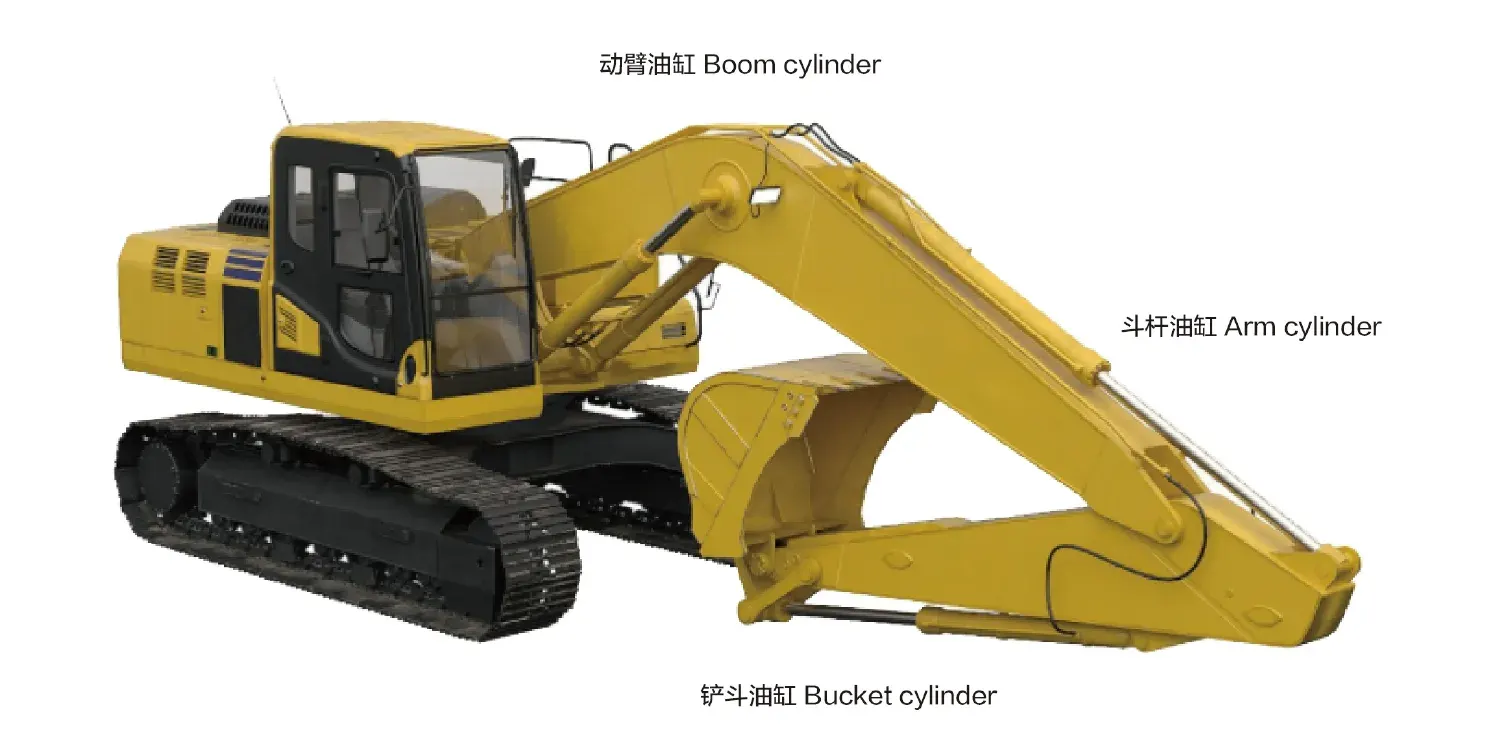
Key Features of Our Boom Cylinder
- High Strength and Durability: Constructed from high-strength steel or aluminum, these cylinders are capable of withstanding high pressure and heavy loads, making them ideal for harsh working environments.
- Efficient Hydraulic Operation: Utilizing hydraulic oil pressure, our boom cylinders provide smooth extension and retraction, quickly responding to operator commands and delivering powerful pushing and pulling force.
- Diverse Types Available: Customers can choose between single-acting (operates in one direction) or double-acting (operates in both directions) cylinders, with some models featuring telescopic designs for greater extension without increasing external dimensions.
- Custom Production: We manufacture these cylinders specifically tailored to replace existing hydraulic cylinders, ensuring compatibility and performance.
- Designed for Heavy Machinery: Built to meet the rigorous demands of construction and excavation tasks, our boom cylinders are essential for various applications.
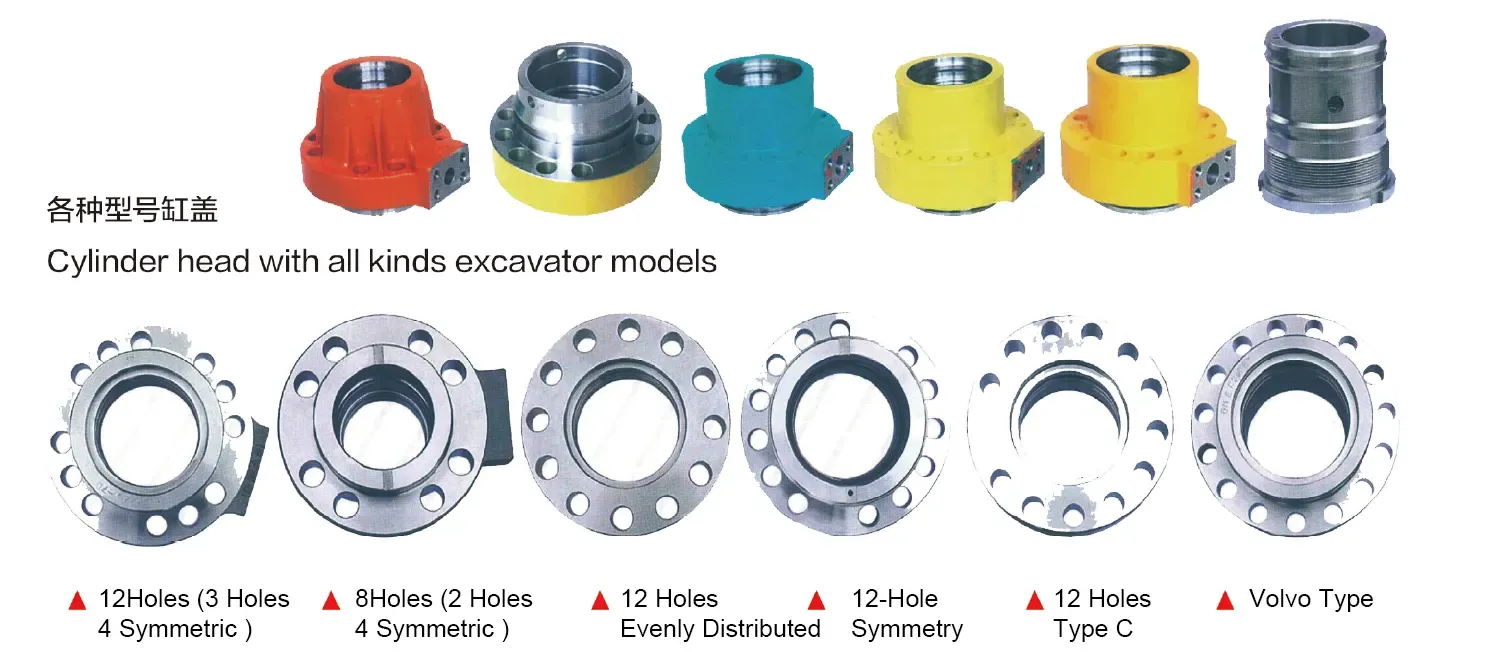
Applications of the Boom Cylinder
Construction Equipment
In excavators, boom cylinders are crucial for digging, loading, and moving earth or debris. They enable the bucket to penetrate the ground effectively, enhancing the overall performance of the machine. The boom cylinder provides the necessary force to lift heavy loads, making it indispensable for construction projects.
Agricultural Machinery
In front-end loaders, boom cylinders are utilized for scooping, lifting, and transporting soil, hay, and other materials. Their robust design ensures they can handle the demands of agricultural work, providing reliable performance in varying conditions.
Excavators
In excavators, the boom cylinder allows the bucket to penetrate the soil, facilitating effective digging operations. Its hydraulic power enables operators to execute complex tasks with ease, ensuring productivity on site.
Loaders
In front loaders, boom cylinders assist in lifting and dumping materials efficiently. They are designed to handle heavy weights, aiding in smooth operation during loading tasks in various industries.
Design Considerations and Selection Criteria
Load Capacity
When designing a boom cylinder, load capacity is a paramount consideration. Engineers must ensure that the cylinder can safely support the maximum weight it will encounter during operation. Factors such as material selection, wall thickness, and diameter play crucial roles in determining load capacity. Hydraulic cylinders are typically subjected to significant stress, and thus, robust materials are essential. Manufacturers often conduct rigorous testing to confirm that their products meet industry standards for load capacity.
Sealing and Durability
Sealing is another critical aspect of hydraulic cylinder design, as it prevents fluid leakage and contamination. High-quality seals made from materials like polyurethane and nitrile rubber are employed to enhance durability. Effective sealing mechanisms also reduce maintenance needs and extend the lifespan of the cylinder. The design must consider both dynamic and static sealing applications to ensure optimal performance.
Safety Features
Safety is paramount, particularly in heavy machinery applications. Designers must incorporate safety features such as pressure relief valves and overload protection to prevent catastrophic failures. Implementing these features ensures that the equipment operates safely under all conditions, reducing the risk of accidents and enhancing user confidence.

Sealing and Lubrication of the Boom Cylinder
The longevity and performance of a boom cylinder heavily rely on effective sealing and lubrication. Various seals, including piston seals and rod seals, are utilized to ensure that hydraulic fluid remains contained within the cylinder while preventing external contaminants from entering. The selection of durable materials such as polyurethane and nitrile rubber is critical, as these materials offer resistance to wear and degradation.
Additionally, the cylinder’s body and threaded end surfaces undergo meticulous finishing to enhance wear resistance and improve sealing properties. Regular lubrication with appropriate hydraulic oil is essential to maintain smooth operation. Operators should adhere to a lubrication schedule to ensure that the cylinder operates optimally, reducing friction and wear on the seals.
Regular Inspection and Preventive Maintenance
- Routine Inspections: Regularly checking the cylinder for signs of wear, leakage, and damage is crucial in preventing unexpected failures. Inspections should focus on seals, mounting points, and the cylinder body.
- Lubrication: Consistent lubrication with quality hydraulic oil is necessary to minimize wear and tear. Operators should ensure that oil levels are adequate and that the oil is free from contaminants.
- Seal Replacement: Periodically replacing seals is essential to maintain optimal performance. Signs such as leakage or decreased efficiency indicate that seals may need to be replaced soon.
Installation Guidelines for the Boom Cylinder
Proper installation of the boom cylinder is vital for ensuring functionality and safety. Begin by gathering the necessary tools and equipment, including appropriate mounting brackets. Align the cylinder carefully with the machine’s mounting points to ensure that it is properly positioned before securing it in place. It is crucial to maintain the correct alignment to prevent undue stress on the cylinder and its components.
Once aligned, securely attach the cylinder using the appropriate fasteners, ensuring they are tightened to the manufacturer’s specifications. After installation, check the hydraulic connections for leaks and ensure that all components are functioning correctly. Testing the cylinder while monitoring for any irregularities is also necessary to confirm successful installation.
Common Maintenance Tasks
Regular Inspections
Conducting regular inspections is vital in identifying potential issues before they escalate. Operators should make it a habit to check for signs of wear, such as cracks or leaks, and ensure all components are functioning correctly. Early detection can save on costly repairs and extend the life of the cylinder.
Proper Lubrication
Lubrication is essential for reducing friction and wear on the seals and moving parts within the cylinder. Operators should adhere to a lubrication schedule and utilize high-quality hydraulic oil to maintain optimal performance. Proper lubrication not only enhances efficiency but also minimizes the risk of premature failure.
Seal Replacement and Calibration Checks
Seals are critical components that require periodic replacement to prevent leaks and maintain performance. Operators should keep an eye out for signs of seal wear and replace them as necessary. Additionally, calibration checks ensure that the cylinder operates within its intended parameters, contributing to overall safety and reliability.
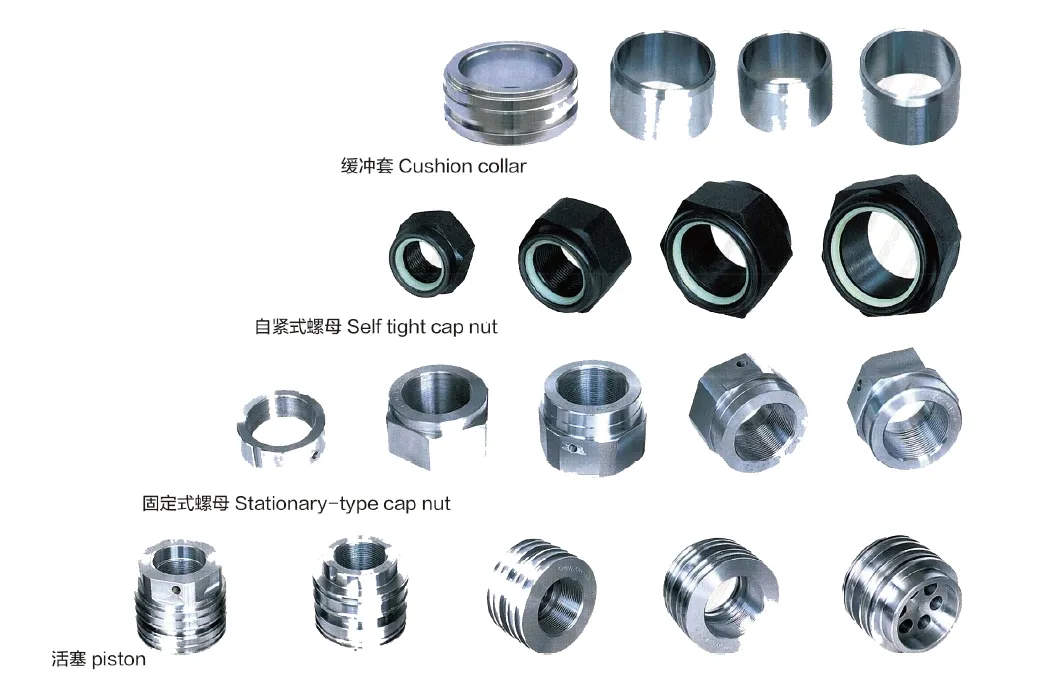
Safety Considerations and Environmental Factors
Implementing safety measures during the operation of boom cylinders is of utmost importance. Operators must be trained to handle hydraulic equipment, and safety protocols should be followed to prevent accidents. This includes understanding the limits of the machinery and ensuring that safety features, such as pressure relief valves, are functional. Additionally, environmental considerations should be made during operation and maintenance to minimize hydraulic fluid spills and contamination.
Troubleshooting Common Issues
- Leakage: If the cylinder exhibits signs of leakage, inspect the seals for wear or damage and replace them as needed.
- Unusual Noises: Noises during operation may indicate internal wear or hydraulic fluid issues; investigate and rectify these problems promptly.
- Performance Issues: If the cylinder does not respond correctly, check hydraulic fluid levels and ensure that the hydraulic system is functioning properly.
By maintaining a proactive approach to troubleshooting, operators can effectively diagnose and address potential problems before they lead to significant failures.
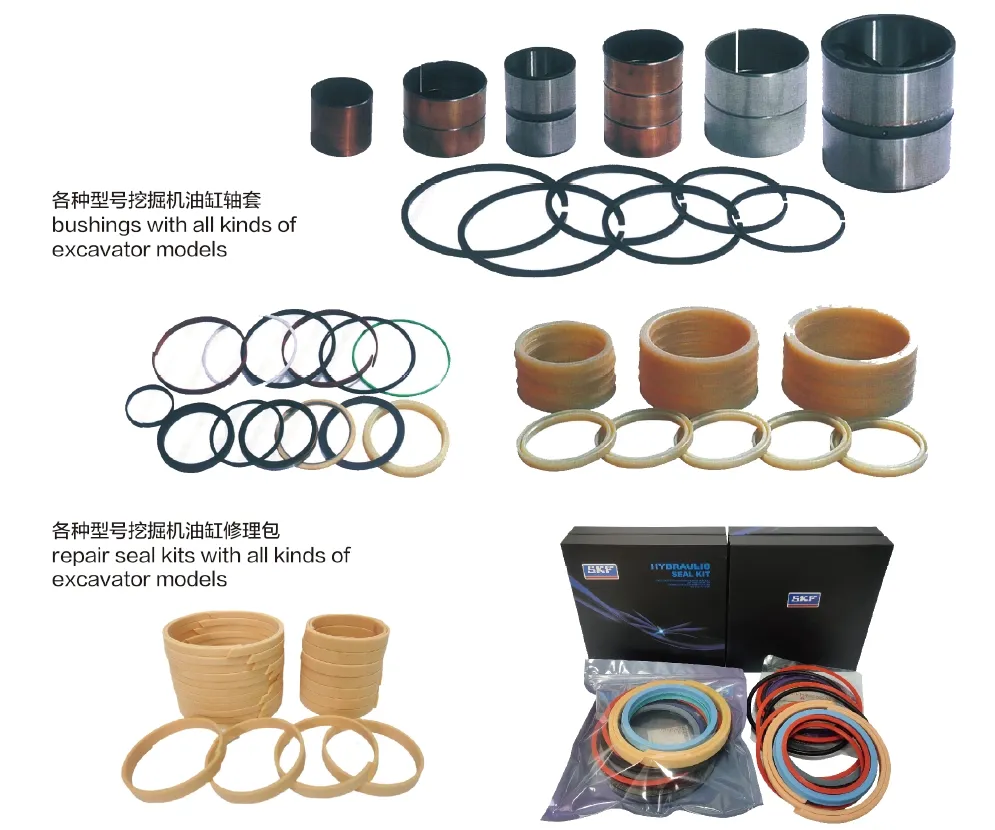
About Our Company
We are a leading manufacturer and wholesaler of hydraulic cylinders, specializing in producing high-quality alternatives for various hydraulic applications. Our extensive product range positions us as a prominent player in both domestic and international markets. We adhere to principles of excellence and employ a refined industrial production management strategy that integrates advanced technology and skilled personnel.
Our manufacturing capacity is continuously enhanced through the use of high-end digital equipment and professional testing systems. This commitment allows us to offer products that meet diverse customer needs with high efficiency, precision, and quality. We also provide customized solutions tailored to client specifications, ensuring that our customers receive the best products for their applications.
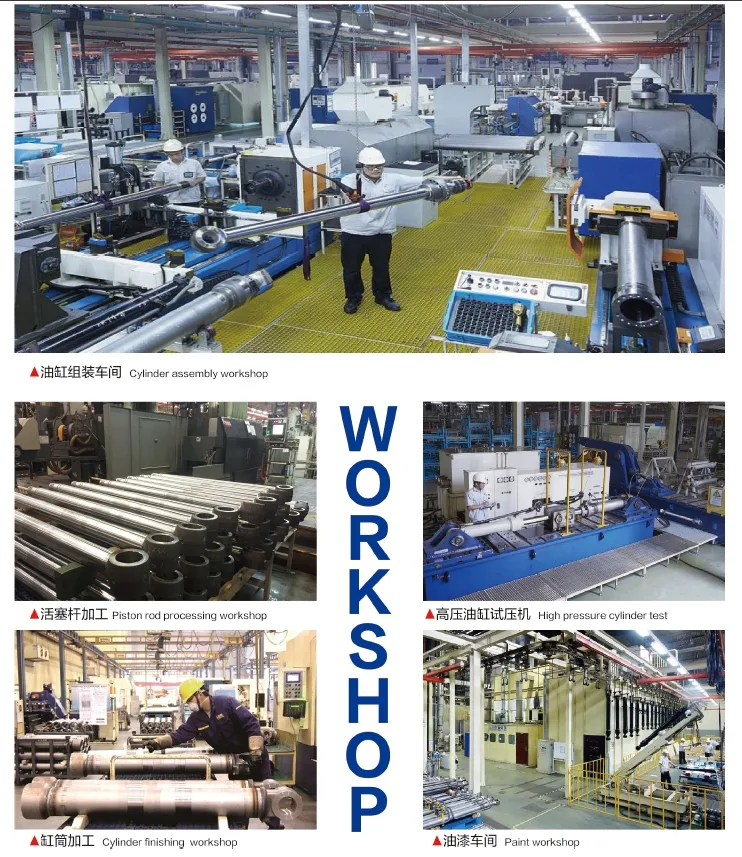
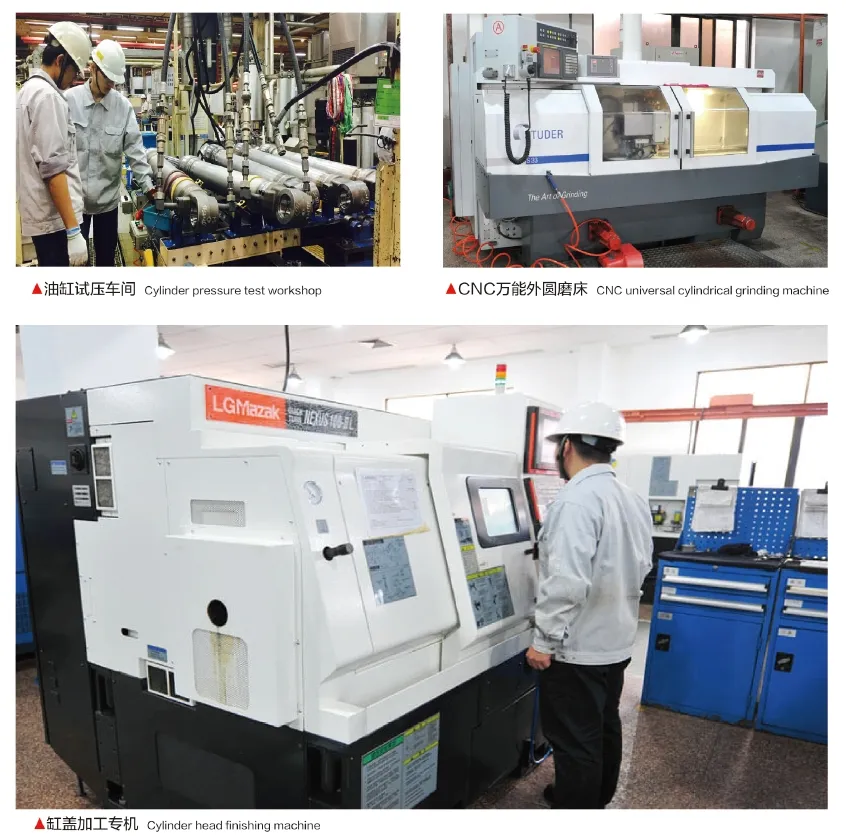
Author: lyl
Take a Tour of Our VR Factory:
Take a tour of our VR factory with the following
Hydraulic Cylinder Application:


